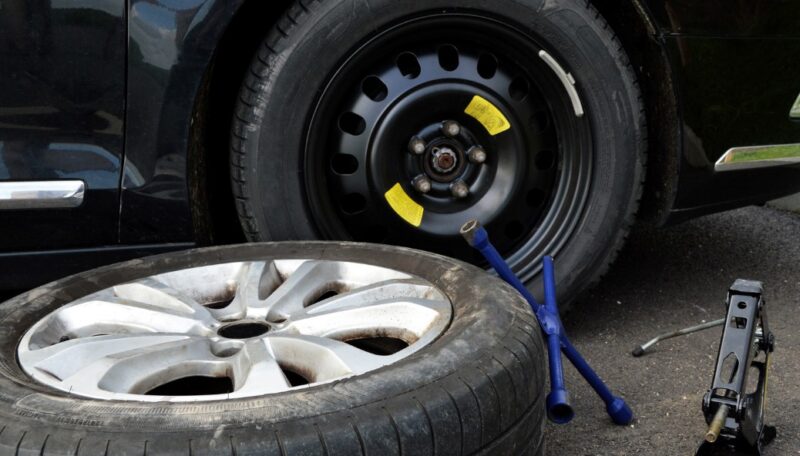When faced with a flat tire, the temporary solution in your trunk becomes a pivotal aspect of road safety. This article aims to answer an important question: How long can you drive on it?
Different Types
Full-size wheels are the most similar to your vehicle’s standard wheels. They match in size and design, offering a reliable and familiar driving experience. On the other hand, compact wheels, often referred to as donut wheels, are smaller and lighter. Their design focuses on space-saving and temporary utility, making them less suitable for long-term use.
Lastly, run-flat wheels stand out for their ability to function even after a puncture. These wheels can sustain a vehicle for a limited distance, providing a crucial window to reach a safe location or service center. The primary distinction between regular and emergency wheels lies in their size and construction.
Regular wheels are built for longevity and performance, featuring robust materials and design to handle various driving conditions. In contrast, emergency wheels, especially compact types, are smaller and simpler. They often have less tread depth and are made from lighter materials, limiting their durability and performance capabilities.
These differences impact how the vehicle handles, with emergency wheels typically offering reduced stability and handling compared to regular wheels. The role of emergency wheels in vehicle safety is pivotal. They serve as an immediate solution to flat tires, a common and potentially dangerous occurrence.
By allowing drivers to continue to a safe location or a service center, they play a crucial role in preventing accidents and ensuring driver safety.
Lifespan and Limitations
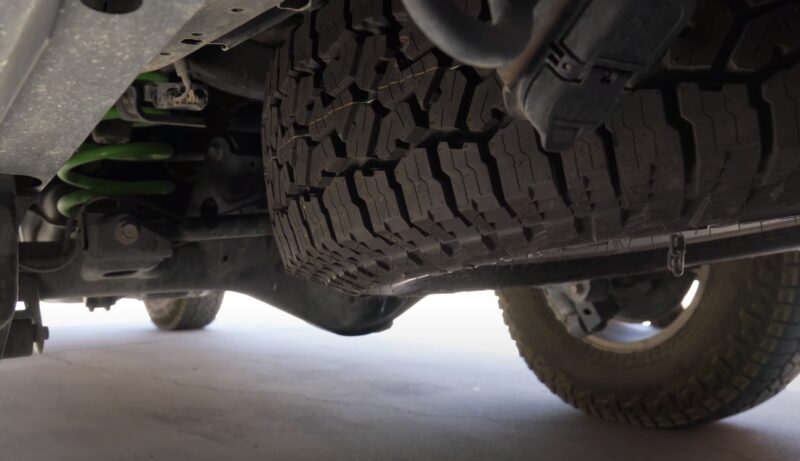
The lifespan and functionality are critical factors for safe driving. Generally, these tires are not designed for extended use. Their lifespan depends on various factors, including the type and storage conditions.
For example, compact spares, or “donut” tires, are typically built for short-term use and should not be used for distances exceeding 50 miles. Full-size spares, resembling regular tires, can last longer, but it’s important to integrate them into regular tire rotations to ensure even wear. Speed limitations are also a key consideration.
Compact spares are usually rated for speeds not exceeding 50 mph. Exceeding this limit can lead to increased wear and reduced control, posing safety risks. Full-size spares allow for higher speeds, but caution is advised until it is fully integrated into the vehicle’s setup.
Environmental factors such as extreme temperatures and humidity can also affect a spare’s condition, even when unused. Regular inspection for any signs of degradation, such as cracks or bulges, is crucial. Keeping them properly inflated and stored in a cool, dry place helps maintain their integrity over time.
Safe Driving Practices
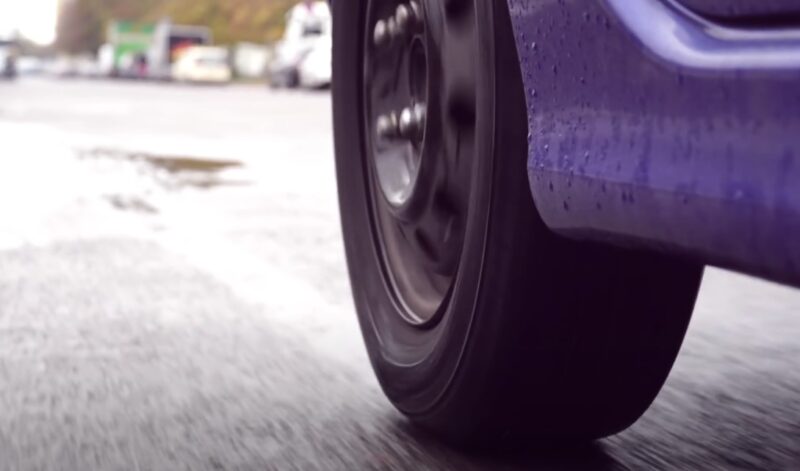
Driving safely requires specific adjustments to driving habits and vehicle maintenance. Here are key practices to follow:
- Adjust Speed and Handling: With a spare, it’s crucial to reduce speed. The handling of the vehicle will be different, particularly with a compact spare. Avoid sudden maneuvers, sharp turns, and high-speed driving to maintain control and safety.
- Monitor the Pressure: Ensure the spare is properly inflated according to the manufacturer’s recommendations. Incorrect pressure can affect the vehicle’s handling and increase the risk of a blowout.
- Be Aware of Vehicle Load: Heavier loads can lead to more pressure on it. Lighten your vehicle load if possible, and avoid carrying heavy cargo when using a spare.
- Plan Your Route: Prioritize shorter routes and avoid highways or rough roads. The goal is to reach a service center safely without putting undue stress on the spare.
- Limit Driving Distance: Drive only the necessary distance needed to reach a safe location or a repair shop. Prolonged use of a spare can lead to wear and potential hazards.
- Regularly Inspect the Spare: Even when not in use, regularly check your spare for any signs of wear or damage. This ensures it’s ready for use when needed.
Maintenance and Inspection

Proper maintenance and regular inspection are essential for ensuring that a spare tire is ready for use when needed. Here are essential steps to follow:
- Regular Checks: Periodically inspect the spare for any signs of wear, damage, or aging. Look for cracks, bulges, or any deformities that could compromise its integrity.
- Maintain Proper Inflation: Check the air pressure of the spare during regular vehicle maintenance. An underinflated or overinflated spare can be as problematic as a flat, compromising its functionality when you need it most.
- Storage Conditions: Store the spare in a cool, dry place to prevent damage from environmental elements. Exposure to extreme temperatures and moisture can degrade the material, reducing its lifespan.
- Rotation with Regular Tires: If your spare is a full-size model, include it in the regular rotation schedule. This helps maintain even tread wear, extending its usability.
- Professional Inspection: Have your spare tire inspected by a professional during routine vehicle maintenance, especially if it has been used or is several years old.
Legal and Insurance Considerations
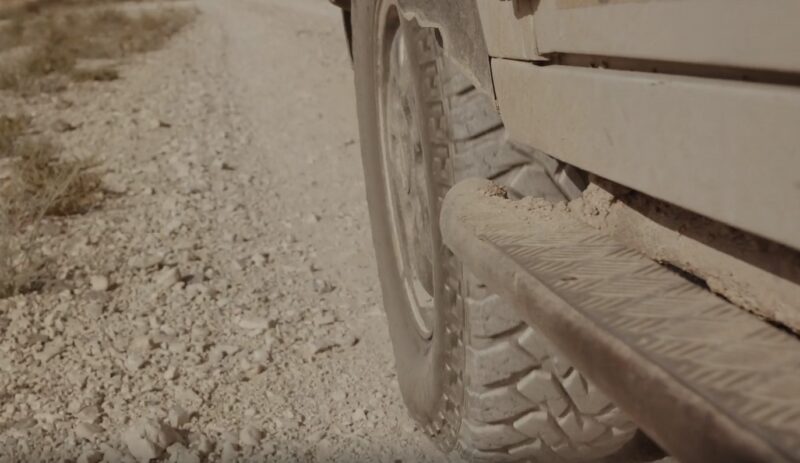
Understanding the legal and insurance implications associated with the use of spare tires is crucial for drivers.
- Legal Compliance: Different regions may have specific laws regarding the use of spare tires, especially for prolonged periods. Familiarize yourself with local regulations to ensure compliance and avoid potential fines or legal issues.
- Insurance Coverage: Check with your insurance provider about the coverage specifics when using a spare tire. Some policies might have limitations or exclusions related to accidents occurring while a spare is in use.
- Disclosure Requirements: In the event of an accident while using a spare, it’s important to disclose this fact to your insurance provider. Failure to do so could affect claim processing or coverage.
- Liability Issues: Understand that using a spare tire, particularly beyond its intended limits, can raise liability concerns in case of an accident. Proper use and adherence to guidelines are essential to mitigate such risks.
- Roadside Assistance and Towing Services: Consider subscribing to roadside assistance services, which can be invaluable in situations where spare tire use is not feasible. Some insurance policies offer this as an add-on or included benefit.
- Regular Updates on Policy Changes: Stay informed about any changes in your insurance policy or local laws that could affect spare tire use. Regular check-ins with your insurance provider are advisable.
Consumer Advice
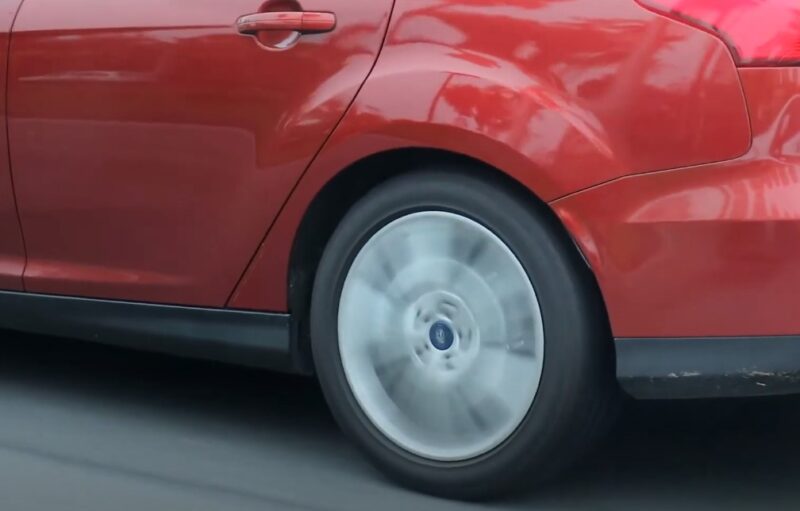
Consumers should be well-informed to make the best decisions for their safety and vehicle maintenance. You can always learn more from the experience of other drivers.
- Choosing the Right Spare: Evaluate the types of spares available and choose one that best suits your vehicle and driving needs. Consider factors like storage space, the typical distance of your regular commutes, and the ease of installation.
- Cost Considerations: Compare the costs of different types of spare tires. While compact spares may be cheaper, full-size spares offer longer-term use and better handling. Decide based on a balance between cost and utility.
- Expert Recommendations: Seek advice from automotive experts or trusted mechanics, especially when selecting or maintaining a spare tire. Their expertise can guide you in making informed decisions tailored to your specific vehicle and driving habits.
- Stay Informed on Technological Advances: Automotive technology is continuously evolving, including developments in tire technology. Keep abreast of new options like advanced run-flat tires or self-sealing tires that might offer better solutions.
- Understand Warranty and Replacement Terms: When purchasing a spare tire, be clear about the warranty terms and conditions. Know when and how it can be replaced if it’s defective or wears out prematurely.
FAQs
Can I use a spare tire from a different vehicle model?
It’s not recommended to use a spare tire from a different vehicle model. Spare tires are designed to match specific vehicle specifications for safety and performance. Using a mismatched spare can lead to handling issues and may even damage your vehicle.
How often should I replace my spare tire if it hasn’t been used?
Even if not used, it’s advisable to replace your spare tire every 6-10 years. Rubber degrades over time, which can affect the tire’s integrity and safety. Regular inspections by a professional can also help determine if a replacement is needed.
Can I drive on a flat run-flat tire, and for how long?
Run-flat tires are designed to be driven on even after a puncture, but only for a limited distance and at reduced speeds – typically up to 50 miles at no more than 50 mph. It’s crucial to get the tire inspected or replaced as soon as possible.
How does the use of a spare tire affect fuel efficiency?
Using a spare tire, especially a compact spare, can decrease fuel efficiency. This is due to the difference in tire size and weight, which can affect the vehicle’s aerodynamics and rolling resistance.
Are there any specific driving techniques to adopt when using a spare tire?
When driving on a spare tire, especially a compact spare, it’s important to avoid harsh braking, sharp turns, and high-speed driving. Maintain a steady, moderate speed and allow for increased stopping distances to ensure safe handling.
Last Words
Drivers should be aware of the legal and insurance aspects associated with spare tires, ensuring compliance with local laws and understanding how their insurance policy addresses spare tire usage. Regular maintenance and inspection are key to ensuring that the spare is in good condition and ready for use when needed.
